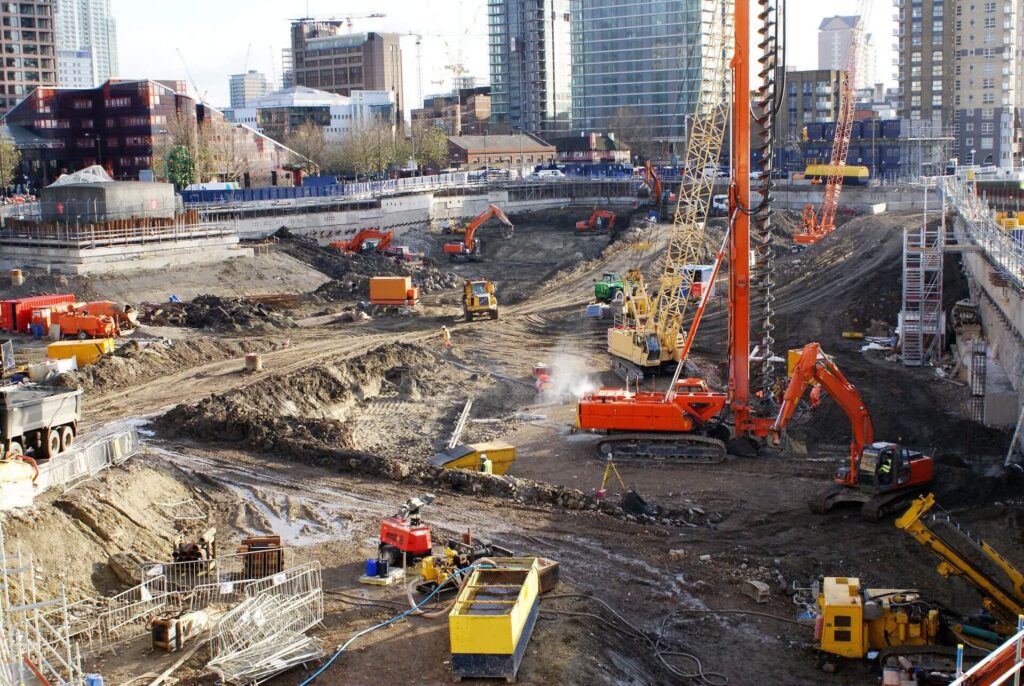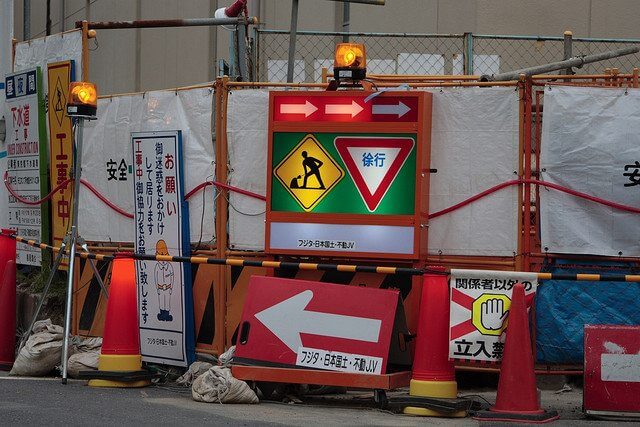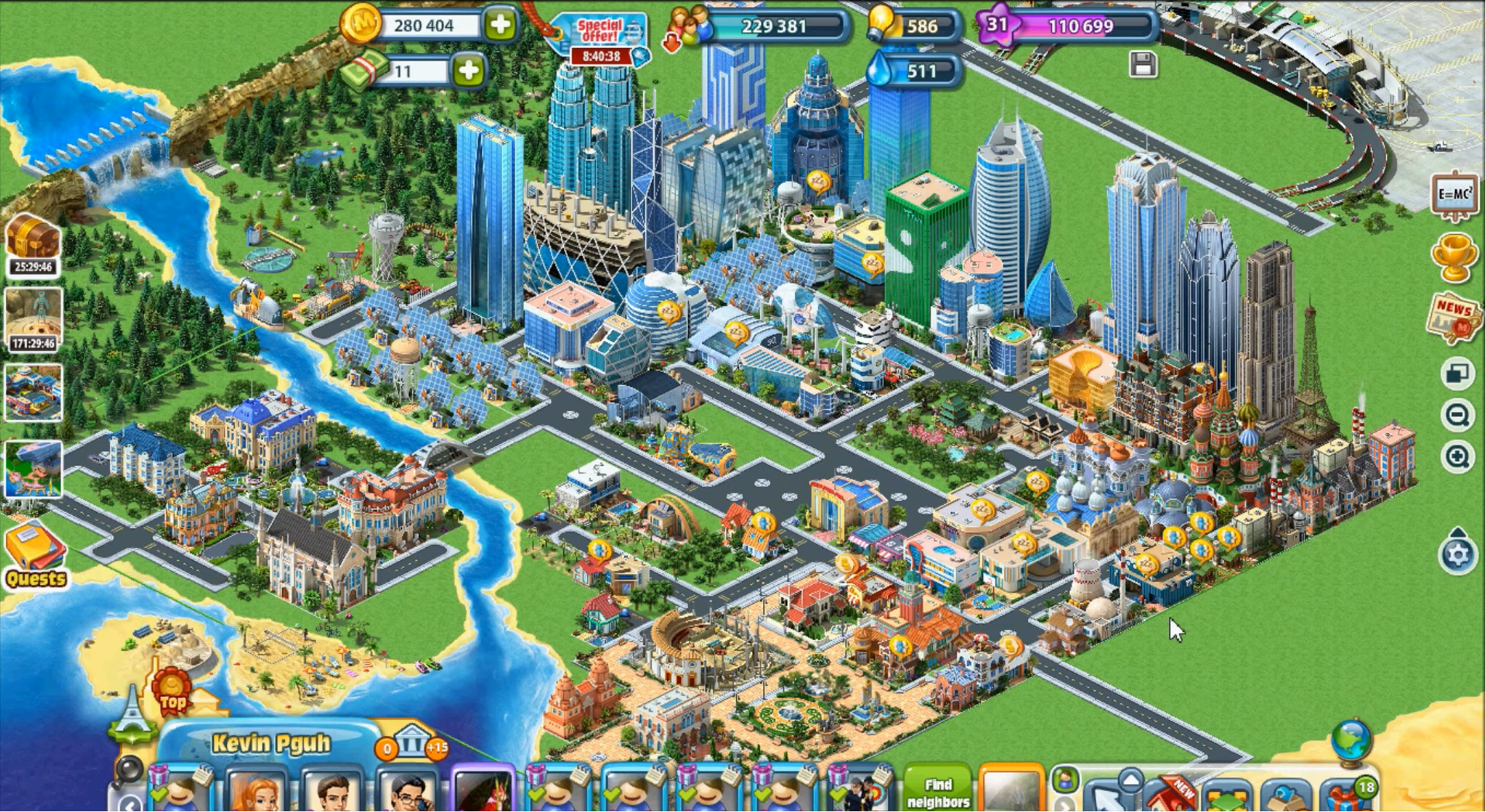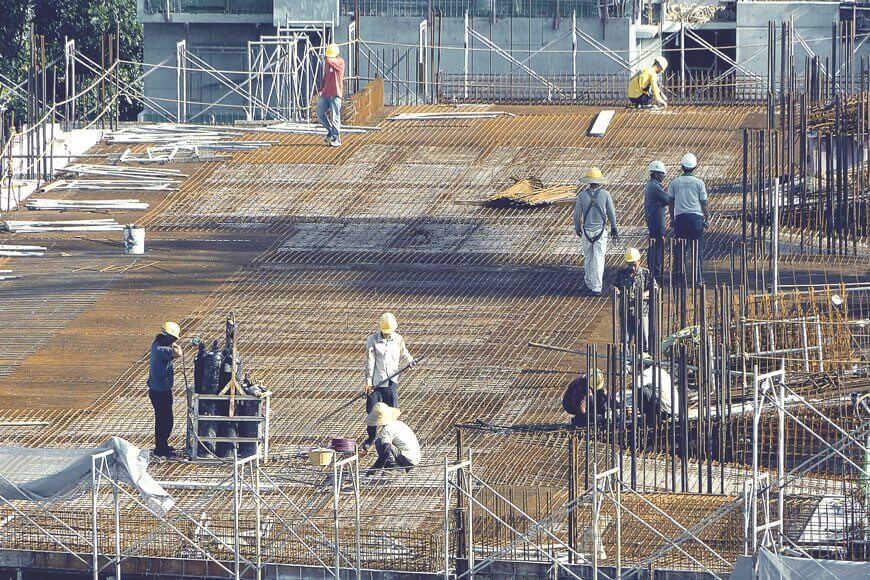Can’t speak for everyone, but I’ve found some strange things on construction sites! The one thing that most of them share in common, though, is that they tend to hold up production and cost someone time and money!
The first time I had a major alert was back in the early-1980’s, working in Kendal, Cumbria. We were converting two Grade 2 Listed Buildings into apartments, and banging up a couple of medium-rise apartment blocks between them. The site was on a long, steep hill. We were excavating for the foundations of the new build when, one morning, an old guffer staggered across the road, supported on the arm of his grand-daughter. “The story is that there is a plague pit there” he said! Let me tell you more about that below.
The Plague Pit
This was in the days before mobile phones and we didn’t have a land line on site. I spent hours in a telephone kiosk trying to find out who we had to notify, and what we had to do if we dug up skeletons! Police, Town Planners, Museum – nobody had a clue. Then I got lucky! Word had got out, and a message was left at a local B&B for me to call the County Chief Librarian. I did and he said just tell him, he’d sort it all! Then we got even luckier! We didn’t dig up any skeletons! The suspicion was that the plague pit was actually under the road.
The same job gave us another problem with the down-hill property. We were happily digging away to form the trenches to upgrade the services. The digger driver suddenly stopped because he had hit some strange pieces of slate slabs. We had a dig by hand and discovered that the whole building was built on a slate foundation, a metre underground! It had stood there, three storeys high, for about 300 years on a bit of slate! Quick re-think and the services went up outside the walls and then through them!
[clickToTweet tweet=”You can find all kinds of stuff on #constructionsites! This are some of the examples!” quote=”You can find all kinds of interesting stuff on #constructionsites! Share it!”]
Birds and ancient settlements
Another job with two major hiccups was in the East Midlands. Another listed building, Grade 2. An old abandoned farmhouse that was being converted into apartments. We had noticed birds flying in and out, but one morning the guys came running into the office. A blackbird was nesting in among the ground floor timbers! Nesting birds are protected by law, so that stopped all work until they had flown the nest! On the same development, we were also putting up some medium-rise apartment blocks. Some archaeologists came hammering at the door and informed us that they thought this was the site of an ancient settlement!
That stopped work too, but only – thank goodness – for about a week. It was an ancient settlement, but it had been situated just outside the area we were actually working. The archaeologists were very kind and generous to me! In our display cabinet at home I’ve some broken pieces of 4th Century pottery they gave me!
Morecambe Bay
Another weird discovery was while I was doing a long-sea outfall in Morecambe Bay. In the scheme of things this wasn’t such a long one and it was to be built on the surface. The shoreline there was a bit strange; it had grass and small fresh-water ponds in the sands, stretching out for about ¼ mile above the high water line. What was that swimming in the pools? Some strange, rare newt! Can’t remember the variety, but we weren’t allowed to disturb them! Oh! Suddenly we saw some natterjack toads, too! Our long-sea outfall ended up going out to sea on a zig-zag line!
The dead
Then there was a huge Victorian house we were converting into a private hotel. The central heating boiler was to be installed in the cellar. It was very damp down there and very smelly, particularly along one wall. A quick check and this wall, which should have been load-bearing, seemed to be in the wrong place. We decided the most likely thing was that it had been put up to exclude effluence from leaking sewers. They obviously had to be repaired, so the wall stared to come down.
Read more: Biggest Construction Blogs
Behind it we found a skeleton! That added to the smell, although the sewers did leak, too. We called the Police and they did their thing. It was soon decide by the Pathologists that the corpse was pretty old and whoever had done the dirty, was probably long since dead and buried. We only got held up for about a week on that one!
More bones
This time in Withernsea, England. Another long-sea outfall, but our excitement came when we were running a rising main up-hill from the settlement tanks for 2¼ miles to the treatment plant. We were digging the trench alongside a caravan park when we hit bones, loads of them! Did the usual and called the police who seemed to call in loads of other authorities. Turned out to be some sort of old burial pit for cows. I don’t know what kind of plague had hit them, but they were pretty old bones, apparently, and the place was unrecorded until then. This caused us to cause chaos! We got diverted to run our rising main through the caravan park! Luckily it was a holiday site and not many people were resident at the time.
This place was a great place for breakfasts, too. There was a café on the sea-front just by the Piers Tower, that used to be on the old pier to collect duty for their cargoes from the incoming boats. The café owner used to be head chef on a P&O cruise ship and he liked us a lot, so we got spoilt! The other unusual find on this job was buried in the sands. When we dug up, we came across buried pieces of timber. Turned out that these used to be a part of the old Roman pier that had stood there!
Buddleja davidii
The other first for me in the “With” was that, where we dug out for the settlement tank, there were Buddleja davidii growing. I’d never seen them before and though they were a lovely shrub. Now, about 25 years later, they are an invasive species causing great damage when they take root in masonry structures! They seem to be sprouting out everywhere I look, particularly in the Victorian brick-built railway bridges!
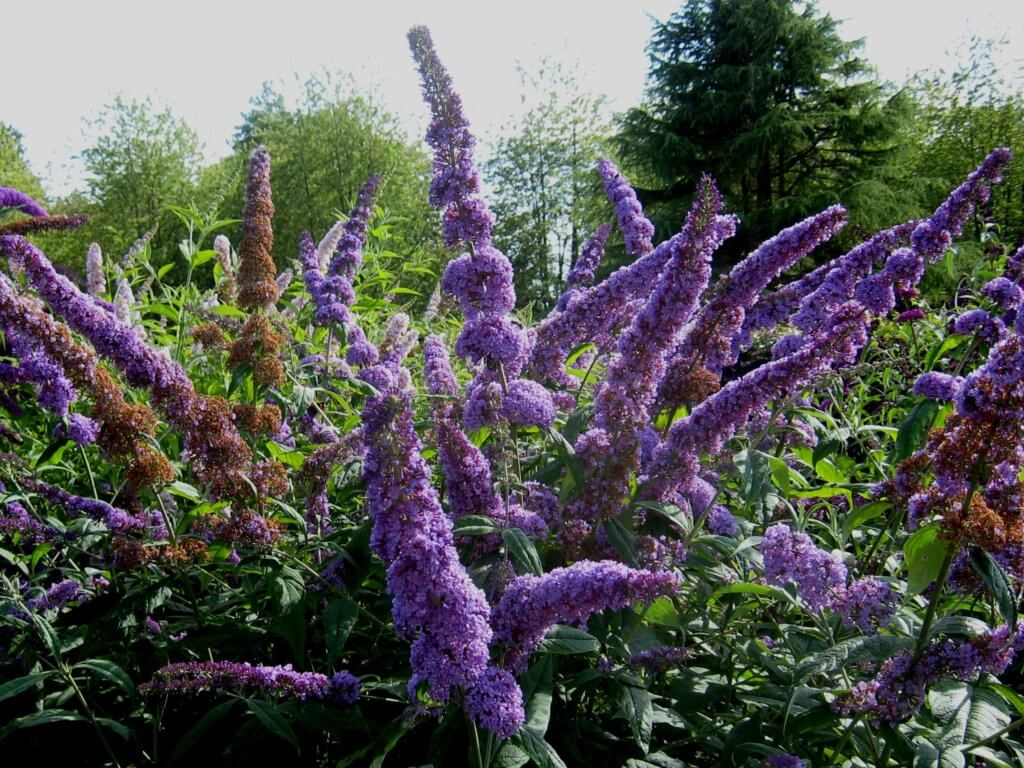
Blue Peter
Perhaps the most interesting – and most expensive – find was in Warwick! We knew it was contaminated land because it had been the site of the country’s first gas works. Therefore, it’s important to remember about safety on construction site. When we started digging we found pretty blue crystal stones. These were anything from tiny to about 3 inches in diameter. Turned out they were called “Blue Peter” and comprised a mixture of arsenic, cyanide and every other toxic chemical you could think of! Because of them, the whole site, to a depth of 2 metres, had to be removed and disposed of by specialists. We all had to wear special protective clothing and masks if we went on site. They got disposed of when we came off that area and we had to shower!
Read more: Women in construction
That’s some of the strangest things I’ve found on construction sites.
What have you found? Do, please, tell us about it.
[clickToTweet tweet=”You can find all kinds of stuff on #constructionsites! This are some of the examples!” quote=”You can find all kinds of interesting stuff on #constructionsites! Share it!”]
